Pantocid Injection
✅ Rapid acid relief
✅ Gastric ulcer healing
✅ Reduces acid reflux
✅ Prevents acid-related damage
✅ Effective GERD treatment
Pantocid Injection contains Pantoprazole.
Product Overview
Pantocid Injection is a medication containing the active ingredient Pantoprazole, which belongs to a class of drugs known as proton pump inhibitors (PPIs). It is formulated as an injectable solution and is primarily prescribed for the short-term treatment of gastroesophageal reflux disease (GERD) and conditions where there is an excessive production of stomach acid. Pantocid Injection is often used when oral administration of Pantoprazole is not feasible or when rapid symptom relief is required. It works by reducing the production of acid in the stomach, thereby relieving symptoms such as heartburn, acid reflux, and ulcers.
Uses
Pantocid Injection, with its active ingredient Pantoprazole, is used to treat a variety of conditions related to excess stomach acid production, including GERD, erosive esophagitis, and Zollinger-Ellison syndrome. It is also indicated for the prevention of ulcers in patients receiving nonsteroidal anti-inflammatory drugs (NSAIDs) and for stress ulcer prophylaxis in critically ill patients. Pantocid Injection provides rapid relief of symptoms associated with acid-related disorders and helps to promote healing of damaged tissues in the gastrointestinal tract.
How to Use
Pantocid Injection is administered intravenously by a healthcare professional, typically in a hospital or clinical setting. The dosage and frequency of administration will vary depending on the specific condition being treated and the patient’s individual response to therapy. The injection should be given slowly over a period of at least 2 to 15 minutes to minimize the risk of adverse reactions. It is important to follow the instructions provided by your doctor or healthcare provider carefully and to report any unusual or persistent side effects.
How it Works
Pantocid Injection contains Pantoprazole, which works by irreversibly inhibiting the proton pumps in the stomach lining known as H+/K+-ATPase. By blocking these pumps, Pantoprazole reduces the secretion of gastric acid into the stomach, thereby lowering the acidity of gastric juices. This helps to relieve symptoms of acid-related disorders such as heartburn, acid reflux, and ulcers, and promotes healing of damaged tissues in the esophagus and stomach. Pantocid Injection provides rapid and effective relief of symptoms associated with excess stomach acid production.
Dosage and Administration
The dosage of Pantocid Injection will vary depending on the specific condition being treated, the severity of symptoms, and the patient’s individual response to therapy. It is typically administered intravenously at a dose of 40 mg once or twice daily for up to 7 to 10 days. In some cases, higher doses or longer treatment durations may be necessary. The injection should be given slowly over a period of at least 2 to 15 minutes to minimize the risk of adverse reactions. Your doctor or healthcare provider will determine the appropriate dosage and frequency of administration for you based on these factors.
Benefits
The primary benefit of Pantocid Injection is its ability to rapidly and effectively reduce the production of stomach acid, providing relief of symptoms associated with acid-related disorders such as GERD, ulcers, and erosive esophagitis. By lowering gastric acidity, Pantocid Injection helps to alleviate symptoms such as heartburn, acid reflux, and chest pain, allowing patients to experience improved quality of life. Additionally, Pantocid Injection may help to prevent the formation of ulcers in patients receiving NSAIDs and reduce the risk of stress ulcers in critically ill patients.
Common Side Effects
Some common side effects associated with the use of Pantocid Injection may include headache, dizziness, nausea, vomiting, diarrhea, abdominal pain, and flatulence. These side effects are usually mild to moderate in severity and often resolve on their own with continued use of the medication. However, if any of these side effects persist or worsen, contact your doctor or healthcare provider for further evaluation. In rare cases, Pantocid Injection may cause more serious side effects such as allergic reactions, liver problems, or changes in blood cell counts. If you experience any unusual symptoms while receiving Pantocid Injection, seek medical attention immediately.
Warnings
Before using Pantocid Injection, inform your doctor if you have any medical conditions, especially liver disease, kidney disease, or osteoporosis. Pantoprazole may increase the risk of bone fractures, particularly in patients who use high doses or long-term therapy. It is important to discuss the potential risks and benefits of treatment with your doctor. Additionally, Pantocid Injection may interact with certain medications, including warfarin, digoxin, and atazanavir, so it is essential to inform your doctor of all medications you are currently taking.
Storage Information
Store Pantocid Injection at room temperature away from moisture and heat. Keep the medication in its original packaging and out of reach of children and pets. Do not use Pantocid Injection if the solution is discolored or contains particles. Discard any unused portion of the medication according to local regulations or guidelines.
Disclaimer:
Our sole intention is to ensure that its consumers get information that is expert-reviewed, accurate and trustworthy. However, the information contained herein should NOT be used as a substitute for the advice of a qualified physician. The information provided here is for informational purposes only. This may not cover all possible side effects, drug interactions or warnings or alerts. Please consult your doctor and discuss all your queries related to any disease or medicine. We intend to support, not replace, the doctor-patient relationship.
| Strength | 40 mg |
|---|---|
| Quantity | 1 Vial/s, 2 Vial/s, 3 Vial/s, 6 Vial/s |











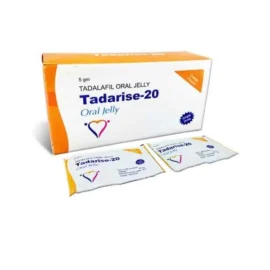
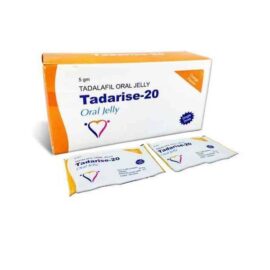


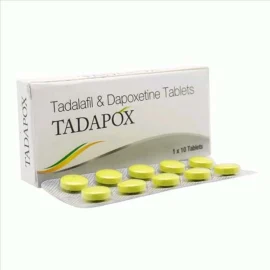







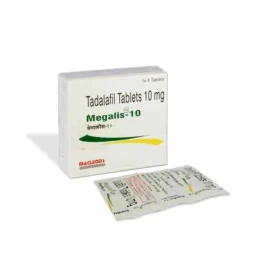


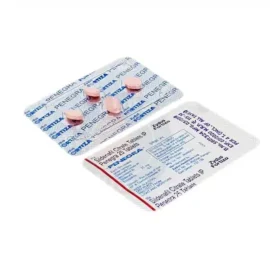
Reviews
There are no reviews yet.